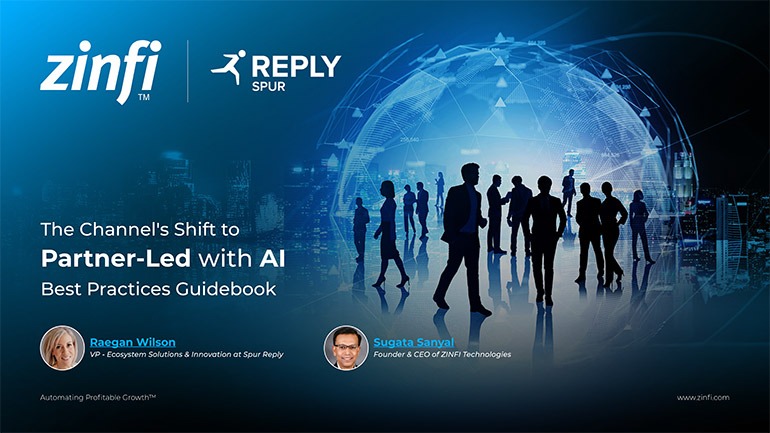Best Practices Articles

Partner Relationship Management: Cultivating a Partner-Centric DNA in Your Organization
This article, drawing on the expertise of Theresa Caragol and her book "Partnering Success," argues that building a "partner-centric DNA" is crucial for modern organizational growth. It emphasizes that partner relationship management must be deeply integrated into a company's core strategy, moving beyond traditional transactional approaches. The discussion highlights a foundational framework built on trusted relationships, business acceleration, and broad partner ecosystem influence. Strategic execution requires strong CEO alignment, training for partner managers in co-selling, and robust partner relationship management software and automation to ensure scalability. Looking ahead, Artificial Intelligence is poised to revolutionize partnering by enhancing efficiency in areas like multilingual content creation and predictive analytics. Despite challenges like data silos, AI can empower organizations of all sizes, making even novice professionals highly effective. Ultimately, success hinges on blending timeless principles of trust and collaboration with innovative technological adoption to foster resilient and high-performing partner ecosystems.
Key Takeaways
- Strategic Imperative: Cultivating a partner-centric DNA is no longer optional but a fundamental requirement for sustained growth in today's interconnected global economy.
- Foundational Framework: Successful partnering relies on three pillars: trusted relationships (built scientifically), business acceleration (joint planning, metrics), and ecosystem influence (engaging broader communities).
- Executive Leadership: Unwavering commitment from the CEO and executive team is crucial for driving the cultural shift and aligning partner relationship management with corporate goals.
- Strategic Execution: Effective implementation requires training personnel in co-selling, assessing partner readiness, and leveraging robust partner relationship management software and automation for scalability.
- AI's Transformative Role: Artificial Intelligence is revolutionizing partner relationship management by enhancing productivity (e.g., multilingual content), providing deeper insights, and empowering partners, despite challenges like data silos and adoption.
- Holistic Approach: True partnering success comes from blending timeless principles of trust and collaboration with advanced technology to build resilient and high-performing partner ecosystems.
Partner Relationship Management: The Strategic Imperative of Partner-Centricity
In an increasingly interconnected global economy, an organization's ability to foster and leverage strong partnerships is no longer a competitive advantage but a fundamental requirement for sustained growth. This critical shift necessitates the cultivation of a "partner-centric DNA" within the very fabric of a company. It's about embedding partner relationship management into every strategic decision, operational process, and cultural norm, ensuring that collaboration is an afterthought and a core philosophy. The insights from discussions with industry luminaries like Theresa Caragol, CEO of Achieve Unite and author of "Partnering Success," underscore this profound transformation. Her work highlights that true partnering success stems from a deliberate, top-down commitment to building deep, trusted relationships beyond mere transactions. This involves a comprehensive understanding of integrating partners into the core business strategy, aligning their objectives with the company's overarching goals to achieve exponential growth. The journey towards a partner-centric organization demands a re-evaluation of traditional sales models, a commitment to shared value creation, and an embrace of innovative approaches to collaboration.
The concept of a partner-centric DNA signifies a profound departure from historical business models where direct sales often dominated, and partners were relegated to a transactional or peripheral role. In the past, channels were primarily viewed as conduits for product distribution, with limited emphasis on nurturing the long-term partner relationships that define today's thriving ecosystems. However, as markets became more complex, customer journeys more fragmented, and the demand for specialized solutions intensified, the limitations of a purely direct approach became glaringly evident. The need for broader market reach, localized expertise, and comprehensive service delivery necessitated a more integrated and collaborative model. This evolution has culminated in recognizing that effective partner relationship management is about cultivating a network of collaborators who collectively enhance customer value and drive mutual profitability. Theresa Caragol's advocacy for this shift is rooted in extensive experience, demonstrating that organizations that invest deeply in their partner ecosystem consistently outperform those with a transactional mindset.
This article will delve into the strategic imperatives and practical methodologies for cultivating a robust partner-centric DNA within any organization. We will explore the foundational elements of Theresa Caragol's "Partnering Success" framework, emphasizing how trusted relationships, business acceleration, and ecosystem influence converge to create a powerful engine for growth. Furthermore, we will examine the critical role of executive leadership in driving this cultural transformation, ensuring that partner relationship management is aligned with corporate objectives from the highest levels. Finally, the discussion will highlight the practical application of these strategies, from assessing partner readiness to implementing effective recruitment, onboarding, and measurement practices. By embracing these principles and leveraging modern partner relationship management software, companies can build resilient, high-performing partner ecosystems poised for long-term success in a dynamic global marketplace.
Partner Relationship Management: Foundational Framework for Partner-Centricity
At the core of cultivating a partner-centric DNA lies a profound understanding and application of Theresa Caragol's "Partnering Success" framework, scientifically demonstrating that investing in long-term partnerships yields superior profitability and revenue growth. This comprehensive system is built upon three interconnected pillars: trusted relationships, business acceleration, and ecosystem influence. The first and arguably most critical pillar, trusted relationships, forms the bedrock upon which all successful partnerships are built. Theresa emphasizes that trust is not merely an intuitive feeling but a quantifiable science, involving an understanding of different "trust languages." Just as individuals may have different love languages, partners may have distinct ways of building and perceiving trust. Recognizing and adapting to these nuances—whether a partner values consistent communication, strategic alignment, or reliable execution—is paramount for fostering stronger, more resilient relationships. This scientific approach to trust-building is a growing area of focus for Achieve Unite, helping organizations move beyond superficial interactions to create deeply embedded, reliable partnerships.
The second pillar, business acceleration, focuses on the operational mechanics that translate trust into tangible results within the partner ecosystem. This involves a meticulous approach to joint business planning, where vendors and partners collaboratively define a shared "North Star" or common objective. This alignment ensures that both parties work towards mutually beneficial goals, moving beyond individual targets to collective success. Key activities within this pillar include establishing clear, measurable metrics to track progress, forging win-win alliances that create equitable value for all stakeholders, and developing integrated solutions that address complex customer needs. These operational elements ensure that partnerships are not just about goodwill but are strategically aligned to drive specific business outcomes, maximizing the return on investment in partner relationship management. By systematically planning and executing these activities, organizations can transform their partner ecosystem into a powerful engine for accelerated growth, ensuring that every collaborative effort contributes directly to the bottom line.

The third pillar, ecosystem influence, broadens the scope to encompass how an organization engages with and leverages the broader community within its partner ecosystem. This involves understanding the various sub-communities in which partners operate, the decision-making processes within these networks, and how to strategically position the partnership for maximum impact. For instance, a vendor might engage with industry associations, participate in joint marketing initiatives, or collaborate on thought leadership content to enhance collective influence. This pillar also highlights the importance of fostering a collaborative spirit beyond direct contractual agreements, encouraging partners to see themselves as integral parts of a larger, interconnected network. The proven success of this holistic model, as evidenced by numerous case studies in "Partnering Success," underscores that companies adopting this integrated approach to partner relationship management experience significant growth and market penetration. It reinforces that a truly partner-centric DNA requires a deep understanding of individual relationships and the broader dynamics of the entire partner ecosystem.
Partner Relationship Management: Strategic Execution for Partner Readiness
Cultivating a partner-centric DNA is not merely a theoretical exercise; it demands meticulous strategic execution, beginning with unwavering commitment from the highest levels of leadership. Theresa Caragol unequivocally states that partnering must start at the top, with the CEO and executive team championing the partner ecosystem strategy and aligning it directly with overarching corporate goals. Companies that relegate partnering to a "little hobby" or a trial initiative often face an arduous and protracted journey to achieve meaningful results. Conversely, organizations where partnering is embraced as a core way of life, deeply integrated into the organizational DNA, consistently achieve greater success. This top-down commitment is crucial because effective partner relationship management requires a significant cultural shift, moving away from a mindset of direct control to one of shared responsibility and collaborative growth. Without executive sponsorship, efforts to build a robust partner ecosystem can easily falter due to internal resistance or a lack of sustained investment.
A critical aspect of strategic execution involves teaching partner relationship management acumen to key personnel, particularly partner managers and sales teams. This includes equipping them with the skills for effective co-selling, ensuring they can collaborate seamlessly with partners throughout the entire sales and customer buyer journey. The traditional binary direct sales approach, where partners might only be brought in for lead generation or final fulfillment, is rapidly becoming obsolete. Modern partner ecosystems demand a more integrated approach, where co-selling is a continuous process that leverages the strengths of both the vendor and the partner. Achieve Unite's partner acceleration bootcamp, a prerequisite for emerging vendors entering major distributors, exemplifies this commitment to practical training. These programs focus on best practices for partner onboarding, recruitment, and establishing clear metrics, ensuring everyone involved in the partner ecosystem understands their role in driving collective success.
Furthermore, successful strategic execution hinges on thoroughly assessing partner readiness and implementing robust systems and processes. Theresa Caragol's framework includes a partner readiness assessment, which helps organizations identify whether they possess the necessary infrastructure—including systems, methods, tools, and automation—to support a scalable partner ecosystem. Without adequate automation, partner relationship management can quickly revert to a one-to-one, manual effort, severely limiting scalability and efficiency. The goal is to move beyond binary interactions to create a "flywheel" effect, where the partner ecosystem generates its momentum for growth. This involves selecting the right partners based on strategic fit and business models (e.g., referral, transactional, recurring revenue) and providing them with the tools and support necessary to thrive. Organizations can effectively cultivate a partner-centric DNA that drives sustainable growth and competitive advantage by systematically addressing strategy, training, and operational readiness.
Partner Relationship Management: Optimizing for the Future with Technology
The future of partner relationship management is inextricably linked to the intelligent adoption of technology, particularly Artificial Intelligence (AI), which is poised to revolutionize how organizations manage and scale their partner ecosystems. Theresa Caragol envisions Achieve Unite as an "AI service provider" that empowers clients to innovate and disrupt the status quo within the partner community. AI offers immediate, high-impact use cases that dramatically increase productivity and reduce costs. A prime example is global multilingual content creation, where AI can significantly reduce the need for traditional translators, offering substantial savings and accelerating time-to-market for international campaigns. This capability alone can transform how organizations communicate with their diverse partner ecosystem across various geographies, making it feasible to deliver localized content at scale, which was previously cost-prohibitive. The integration of knowledge banks, combining proprietary intellectual property with customer-specific data, represents the next frontier for AI-driven partnering, enabling more profound insights and more personalized interactions within the partner ecosystem.
Despite the immense potential of AI, organizations face significant challenges in its adoption, including data silos and resistance to change. Theresa emphasizes that while large enterprises may seek to develop their own AI platforms, requiring seamless integrations with external solutions, mid-market and SMBs have a unique opportunity to leverage AI to increase productivity and cost-effectiveness. AI can empower even novice professionals to perform at expert levels, increasing the "cost of coverage" by making individuals more innovative and efficient. This democratizes access to advanced capabilities, allowing smaller organizations to compete more effectively within the partner ecosystem. However, the mere availability of technology is not enough; the critical hurdle lies in driving adoption and ensuring that the technology is incorporated into existing programs and workflows. Theresa advocates for integrated learning, where training on new concepts is delivered within the context of the systems and tools partners are already using, rather than through generic, disconnected programs.

Overcoming the challenges of data leakage and security, particularly in complex partner ecosystems involving multiple distributors and diverse data sources, is paramount for unlocking the full potential of AI. While direct organizations may struggle with data silos, the complexity is compounded on the partner side, where data often resides in disparate systems or even spreadsheets. This necessitates a strategic approach to data aggregation and analysis, potentially involving the development of data lakes or warehouses by larger entities within the partner ecosystem. However, even without perfect data centralization, AI can still provide significant value by enhancing workflow automation, improving predictive analytics for buyer behavior, and optimizing forecasting. The focus should be on piloting new use cases and ensuring that integrations are seamless and transparent to customers and partners. By embracing these innovative tools and strategies, while remaining grounded in the timeless principles of trust and collaboration, organizations can master partner relationship management and drive unprecedented growth in the AI-powered future.
Conclusion: Building a Resilient and Scalable Partner-Centric Future
Cultivating a partner-centric DNA is an evolutionary journey, transforming organizations from traditional direct-sales models to dynamic, collaborative partner ecosystems essential for modern growth. As articulated by Theresa Caragol, this shift is not merely an operational adjustment but a strategic imperative that demands a fundamental rethinking of how businesses create and deliver value. The foundational framework of trusted relationships, business acceleration, and ecosystem influence provides a robust blueprint for this transformation, emphasizing that deep, mutual trust combined with strategic planning and broad community engagement are critical for success in partner relationship management. This comprehensive approach ensures that partnerships are not just about individual transactions but about building a resilient and expansive network capable of delivering integrated solutions and driving exponential market penetration.
The strategic execution of a partner-centric vision requires unwavering commitment from executive leadership, ensuring that partner relationship management is aligned with core corporate objectives. This top-down mandate is crucial for fostering a cultural shift towards collaboration and empowering personnel with the necessary skills for effective co-selling throughout the customer journey. Furthermore, a systematic approach to partner readiness, supported by robust partner relationship management software and automation, is vital for achieving scalability and efficiency within the partner ecosystem. Organizations can move beyond binary interactions by meticulously planning, training, and equipping their partners to create a self-sustaining flywheel effect that generates continuous growth and innovation.
Looking to the future, the integration of Artificial Intelligence will continue to revolutionize partner relationship management, amplifying existing principles and enabling new levels of efficiency and insight. AI offers unprecedented opportunities to optimize partner ecosystem performance, from automating multilingual content creation to enhancing predictive analytics. While challenges related to data silos and adoption exist, a strategic approach to piloting new use cases and ensuring seamless integrations will unlock AI's full potential. Ultimately, organizations that embrace this fusion of timeless partnering principles with advanced technology will be best positioned to thrive. Theresa Caragol's vision for an AI-powered, trust-centric approach provides a compelling roadmap for businesses seeking to master partner relationship management and unlock their full potential in the collaborative, interconnected economy of tomorrow. The journey towards a truly partner-centric future is ongoing, demanding continuous adaptation, strategic foresight, and an unwavering belief in the power of collective growth.
Best Practices Guidebook
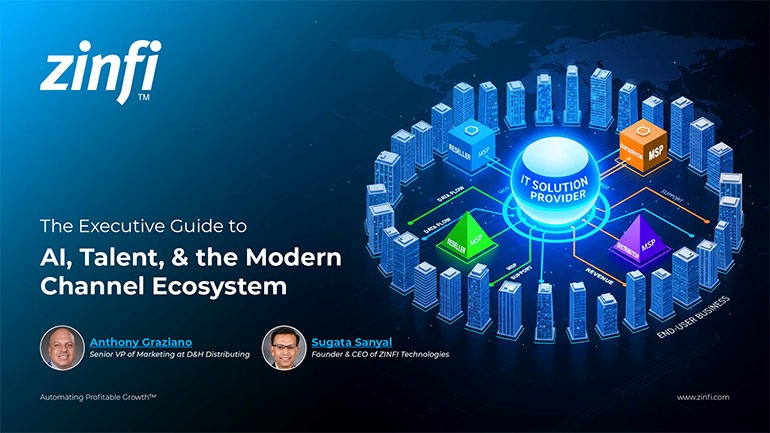 Modernizing Channel Marketing: AI and Ecosystem Enablement Best Practices
Modernizing Channel Marketing: AI and Ecosystem Enablement Best PracticesDownload for FREE
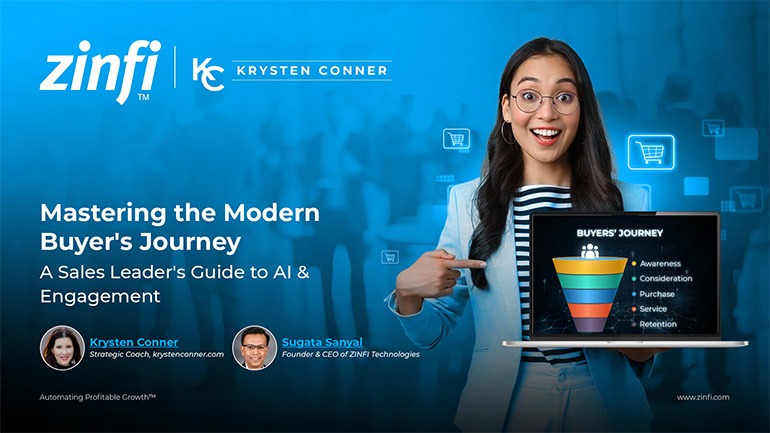 The Channel’s Shift to Partner-Led With AI Best Practices
The Channel’s Shift to Partner-Led With AI Best PracticesDownload for FREE
 Hyperscalers, ISVs, and AI: Shaping the Future of B2B Software Distribution
Hyperscalers, ISVs, and AI: Shaping the Future of B2B Software DistributionDownload for FREE
 Definitive Guide to a Partner Ecosystem-First Sales Strategy
Definitive Guide to a Partner Ecosystem-First Sales StrategyDownload for FREE
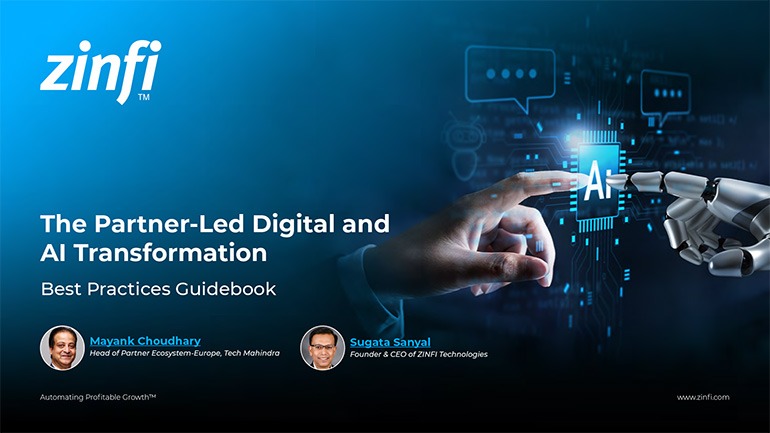 The Partner-Led Digital and AI Transformation Best Practices
The Partner-Led Digital and AI Transformation Best PracticesDownload for FREE
 Startup Talent Recruitment: Hiring Missionaries, Not Mercenaries
Startup Talent Recruitment: Hiring Missionaries, Not MercenariesDownload for FREE
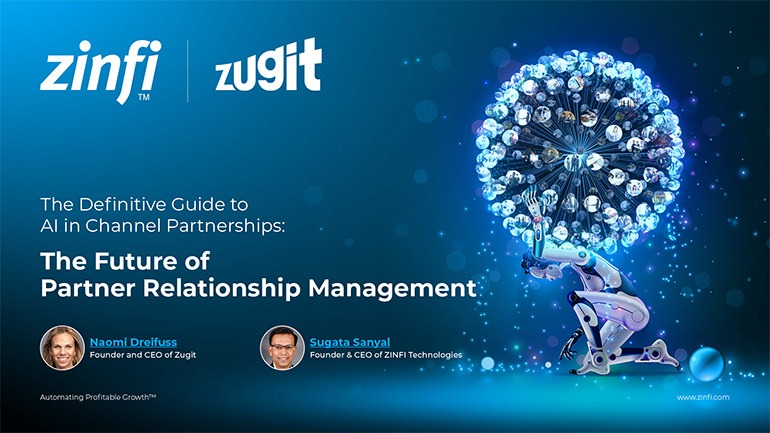 The Future of Partner Relationship Management with AI in Partnerships
The Future of Partner Relationship Management with AI in PartnershipsDownload for FREE
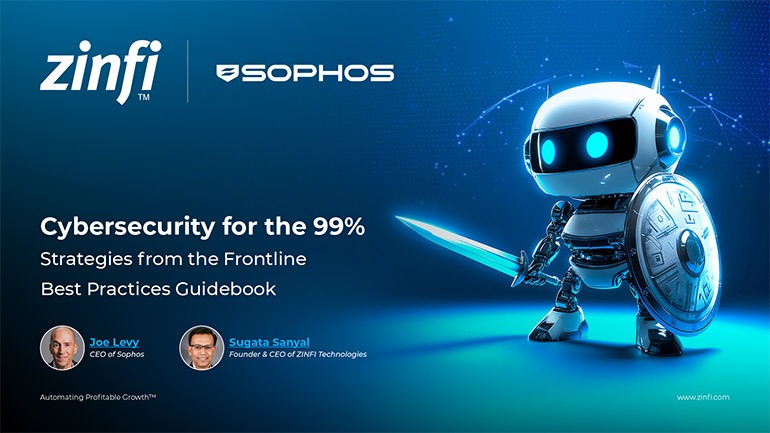 Cybersecurity for the 99%: Strategies from the Frontline
Cybersecurity for the 99%: Strategies from the FrontlineDownload for FREE
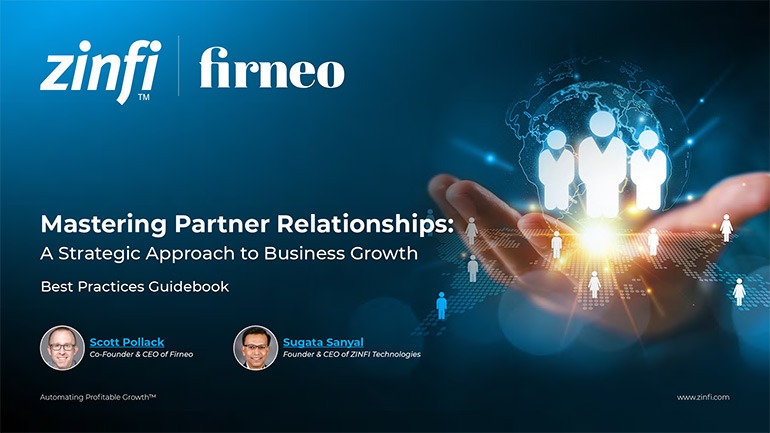 Mastering Partner Relationships: A Strategic Approach to Business Growth
Mastering Partner Relationships: A Strategic Approach to Business GrowthDownload for FREE
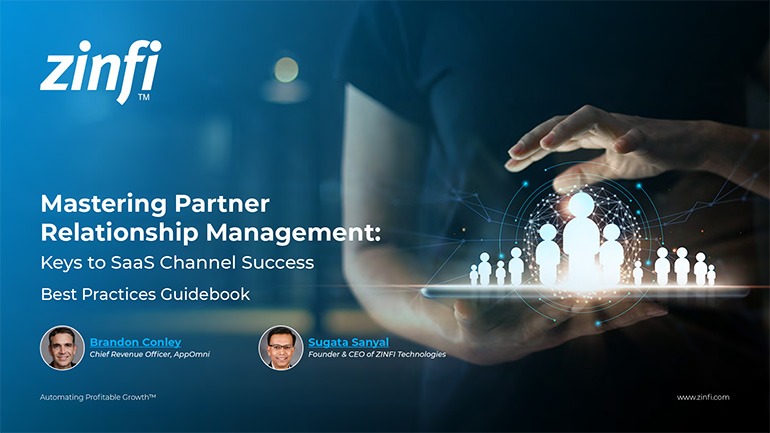 Mastering Partner Relationship Management: Keys to SaaS Channel Success
Mastering Partner Relationship Management: Keys to SaaS Channel SuccessDownload for FREE
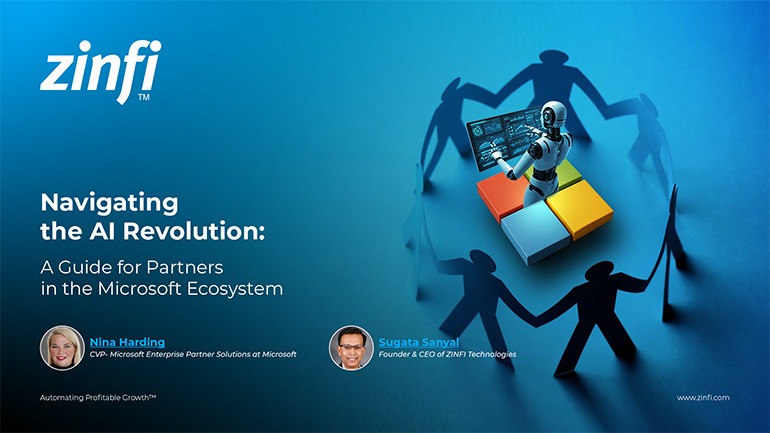 Navigating the AI Revolution: Guide for Partners in the Microsoft Ecosystem
Navigating the AI Revolution: Guide for Partners in the Microsoft EcosystemDownload for FREE
 Mastering the Modern Buyers Journey: Sales Leader’s Guide to AI & Engagement
Mastering the Modern Buyers Journey: Sales Leader’s Guide to AI & EngagementDownload for FREE

